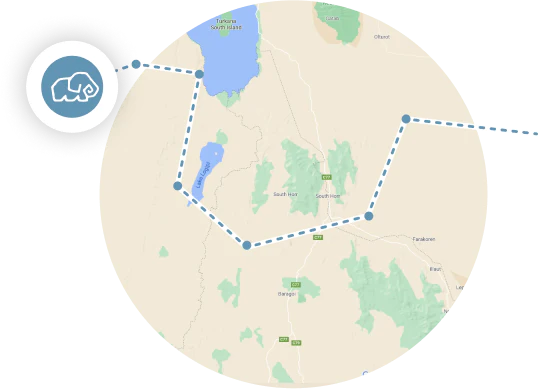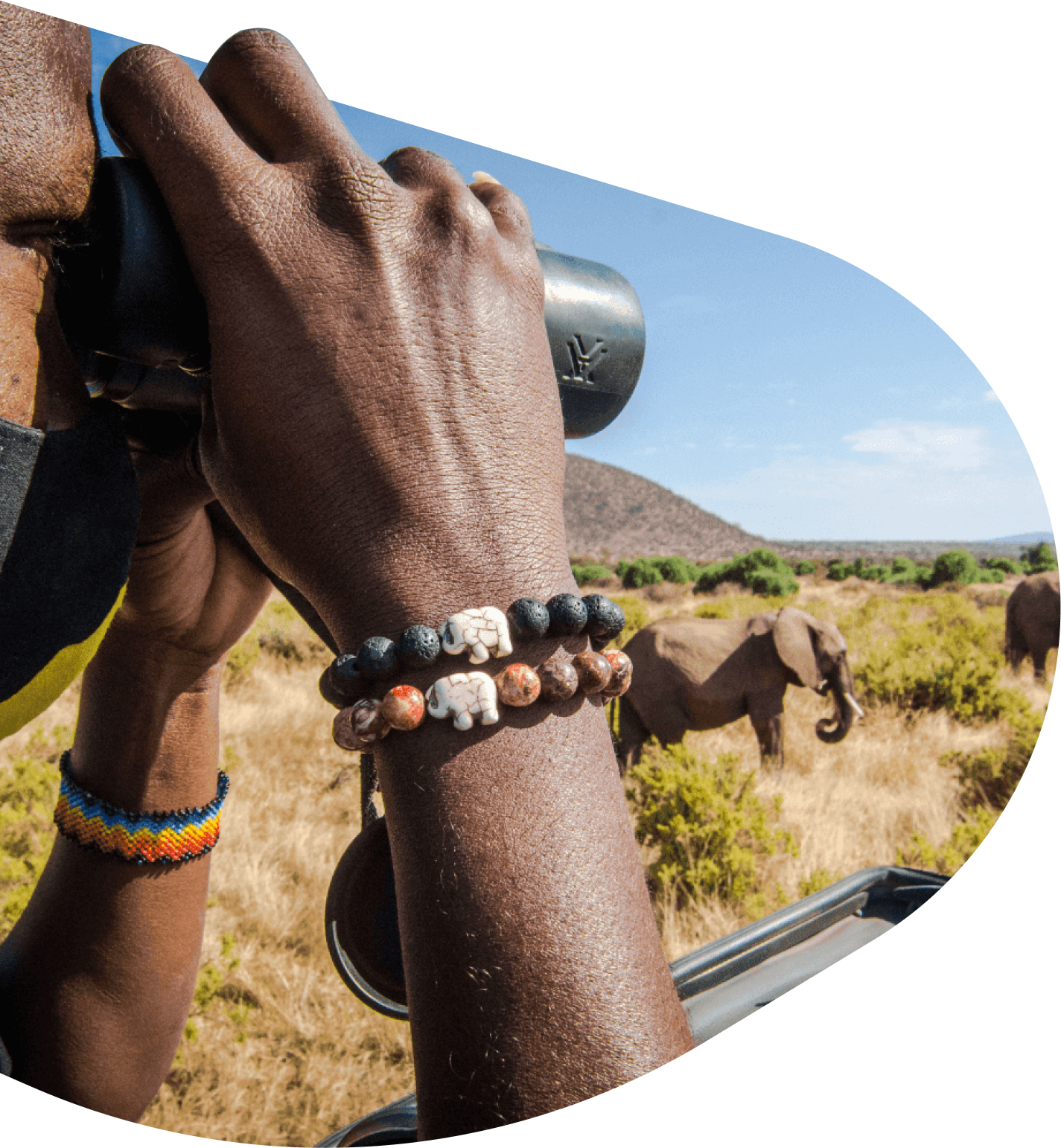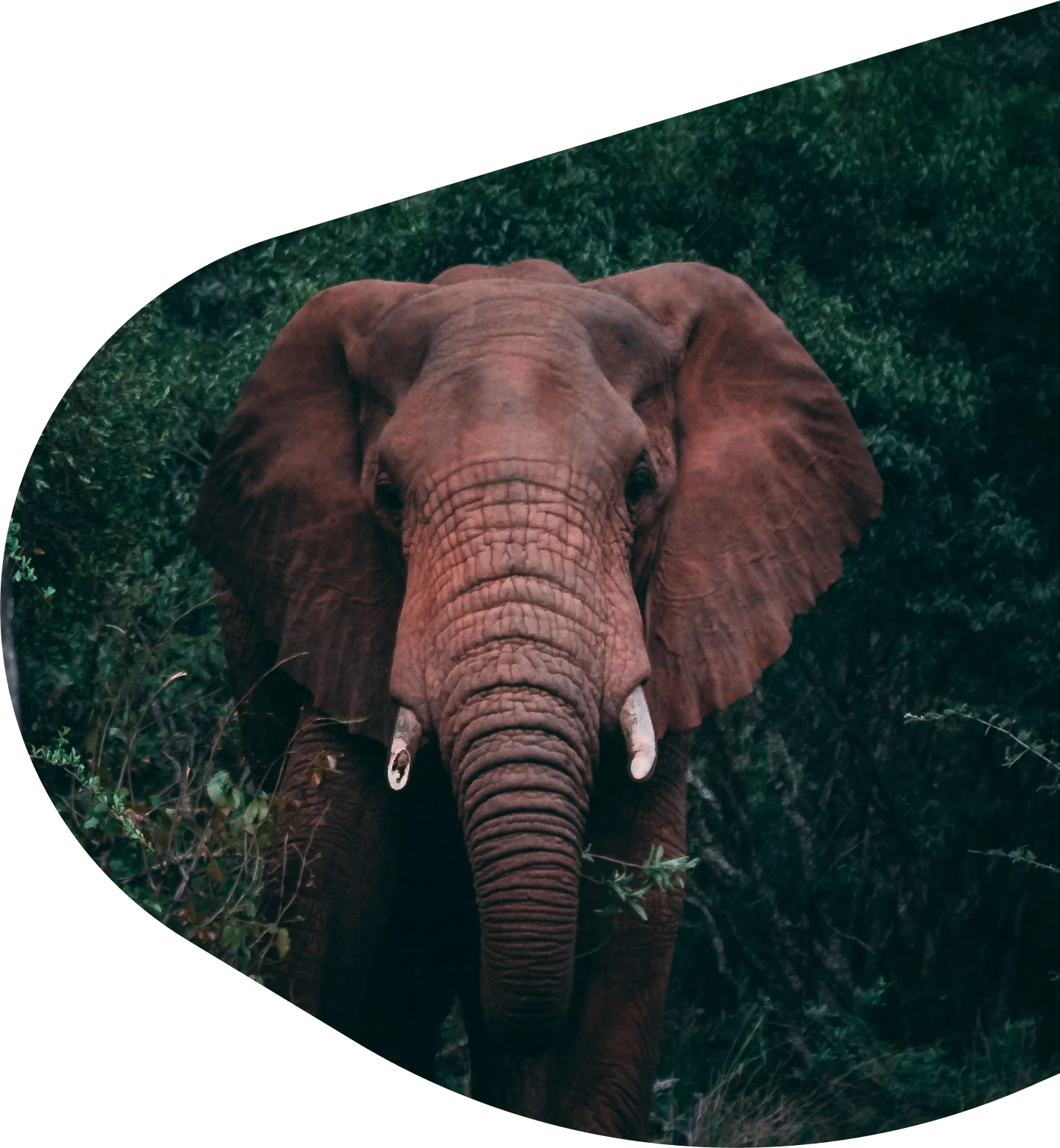







Each Bracelet Comes With
a Wild Elephant To Track
Each Bracelet Comes
With a Wild Elephant
to Track

Learn your elephant's name and get their picture

Gain knowledge of their amazing stories, age, and what family they belong to

Follow their incredible expedition on an exclusive tracking map

In partnership with Save The Elephants

A portion of all proceeds are donated to Save the Elephants in Kenya, who specializes in elephants research and works to protect wild elephants. Your purchase will help fight ivory poaching, and secure a future for elephants in a rapidly changing world.
One small bracelet.
One big mission.

Common Questions








 If you add 3 or more, you get free shipping!
If you add 3 or more, you get free shipping! Each order helps support the Save the Elephants
Each order helps support the Save the Elephants Sizing: Elastic, one size fits most
Sizing: Elastic, one size fits most SSL Secure Checkout
SSL Secure Checkout Worldwide Shipping
Worldwide Shipping Dedicated Customer Service
Dedicated Customer Service 100% Happiness Guarantee
100% Happiness Guarantee